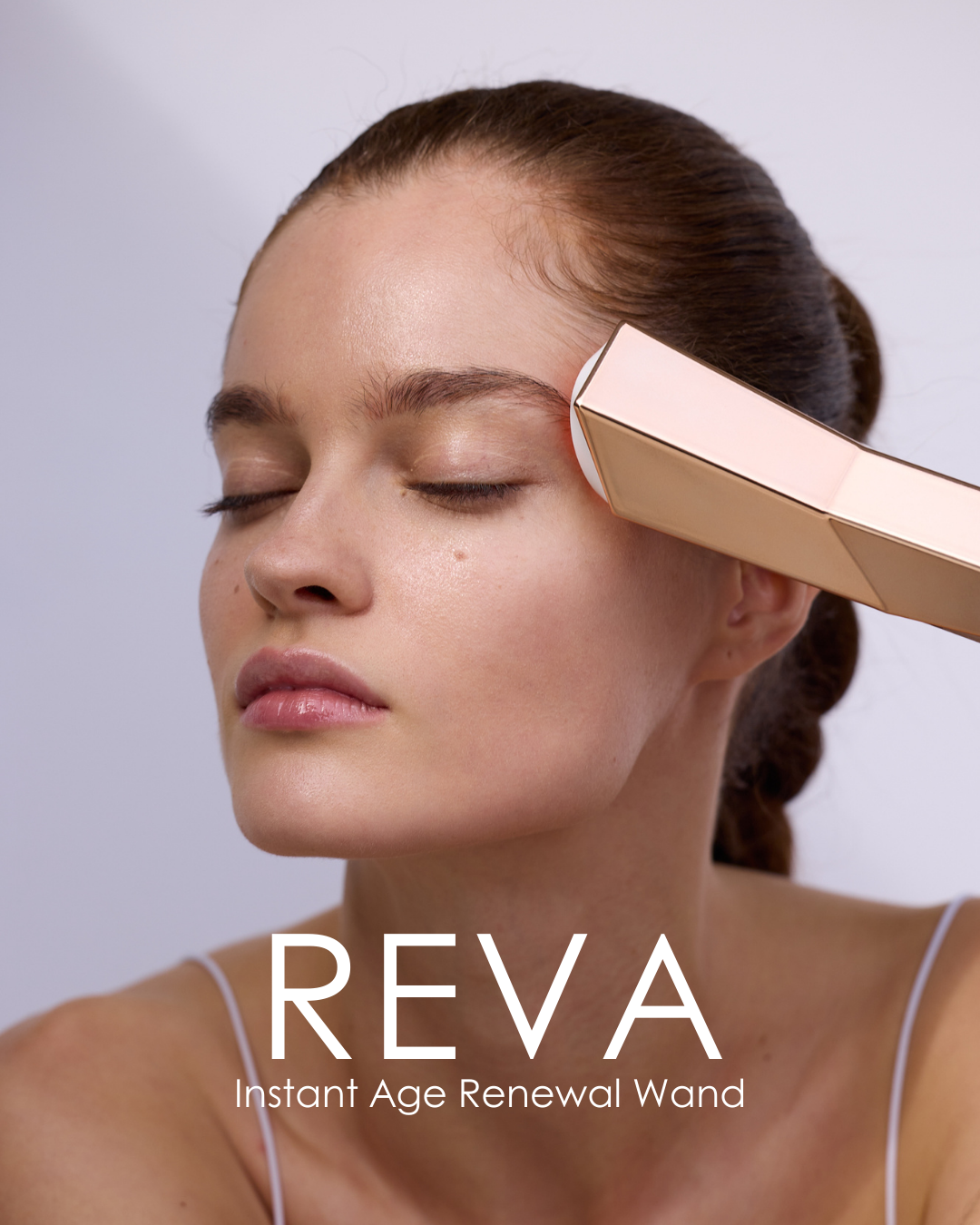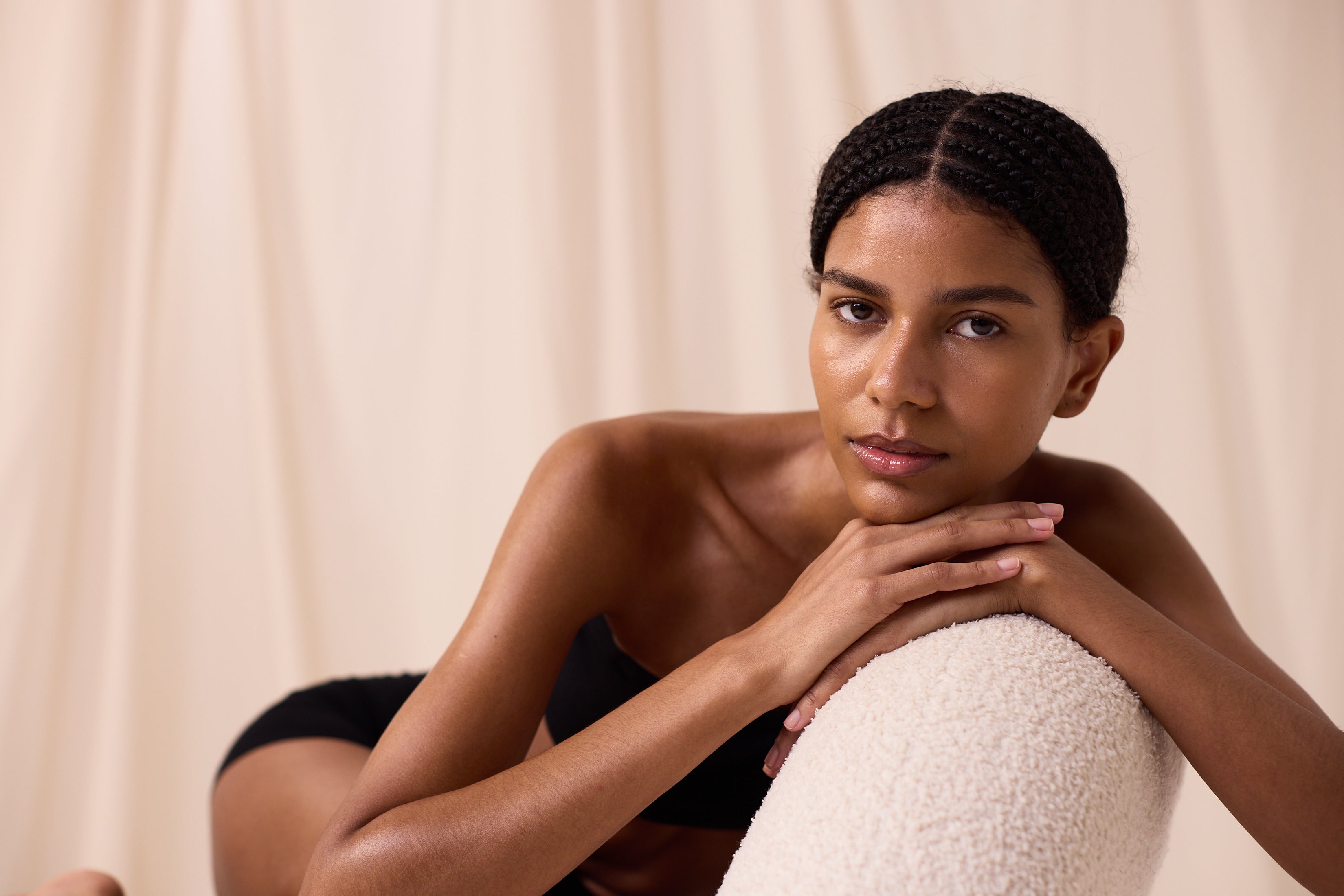
Your Guide and Glossary to LED Light Therapy
Reading Time: 8 minutes
GLOSSARY

Red light
A type of light that's part of the visible spectrum and has a longer wavelength. It's used in therapy because it may help improve the skin.
Collagen
A protein in your body that gives structure and strength to your skin. It helps keep your skin firm and elastic.
Fibroblast
A special type of cell found in your connective tissue. Fibroblasts produce collagen and other fibers, which are important for repairing and maintaining your skin.
Dermis
The layer of skin beneath the epidermis that contains blood vessels, nerves, and connective tissue, playing a key role in skin structure and function.
Epidermis
The outermost layer of the skin that acts as a barrier to protect against environmental factors and regulate moisture.
Adenosine Triphosphate (ATP)
The main energy source in cells, vital for many cellular activities like muscle movement and cell division.
Mitochondria
Small structures inside cells that produce energy (ATP) needed for cell function and survival.
LED
Light-Emitting Diode, a type of light source that emits light when an electric current passes through it, used in various applications, including therapy and displays.
Irradiance
The amount of light energy hitting a surface per unit area, indicating how strong the light exposure is.
Wavelength
The distance between wave peaks, like those in light or sound, determining their color or frequency.
Nanometers
Units used to measure the wavelength of light, especially important in light therapy to specify the size of light waves.
Near-infrared light
Light that's not visible to the human eye and has longer wavelengths than visible light, often used in therapy for potential benefits.
All About LED Light Therapy

LESSON 1: LED Light
LED lights emit specific wavelengths of light, which have become popular in skincare because they offer many benefits. By shining this light onto the skin, LED therapy goes deep into the skin cells, where it triggers processes that make the skin look fresh and healthy.
For example, red LED light helps cells make more ATP, a kind of energy, which improves how cells work. This boosts collagen, making skin firmer and reducing wrinkles. Blue LED light fights bacteria that cause acne, making it great for people with acne-prone skin. LED therapy is gentle, easy, and works for many skin types.
LESSON 2: Light Wavelengths
Light wavelengths and the irradiance of devices play an important role in the effectiveness of LED light therapy. In general, different colors of light, such as red, blue, and near-infrared, each have specific wavelengths that can penetrate the epidermis and dermis at varying depths, influencing cellular processes for targeted benefits.
LESSON 3: Benefits
LED light therapy offers many positive effects on the skin, making it a versatile and beneficial treatment option. Benefits may include:
- Improved skin elasticity
- Smoother skin texture
- Calms inflammation
- Enhanced skin health
LESSON 4: Safety
Is LED red light therapy safe? Yes, LED light therapy is safe and widely used for skin rejuvenation. It's gentle, painless, and works for most skin types without causing side effects when done correctly. Here's why LED therapy is considered safe:
- Non-invasive: LED therapy doesn't involve surgery or downtime, making it convenient and low-risk.
- Gentle: The light used is gentle on the skin, suitable even for sensitive skin types. It doesn't cause redness or irritation.
- Minimal side effects: When done by a pro and following guidelines, LED therapy has minimal risks. Just use the right wavelength and intensity for safe and effective results.
LESSON 5: Frequency of Treatment
Start LED light therapy at home 3-4 times a week, 10-15 minutes per session. However, the frequency of LED light therapy sessions can vary depending on individual skin concerns. Factors that influence the frequency of LED light therapy treatments include:
- Skin concerns: More severe issues like acne may need more frequent sessions initially, then fewer for maintenance.
- Skin goals – if you're aiming for significant improvements, you might need more sessions. For maintenance, fewer may do.
- Sensitive skin? Space out sessions to let your skin recover between treatments.
If you have any questions about how to purchase light therapy devices from Project E Beauty, please contact Customer support directly at hello@projectebeauty.com for assistance.

written by Olivia Khader














Leave a comment
This site is protected by hCaptcha and the hCaptcha Privacy Policy and Terms of Service apply.